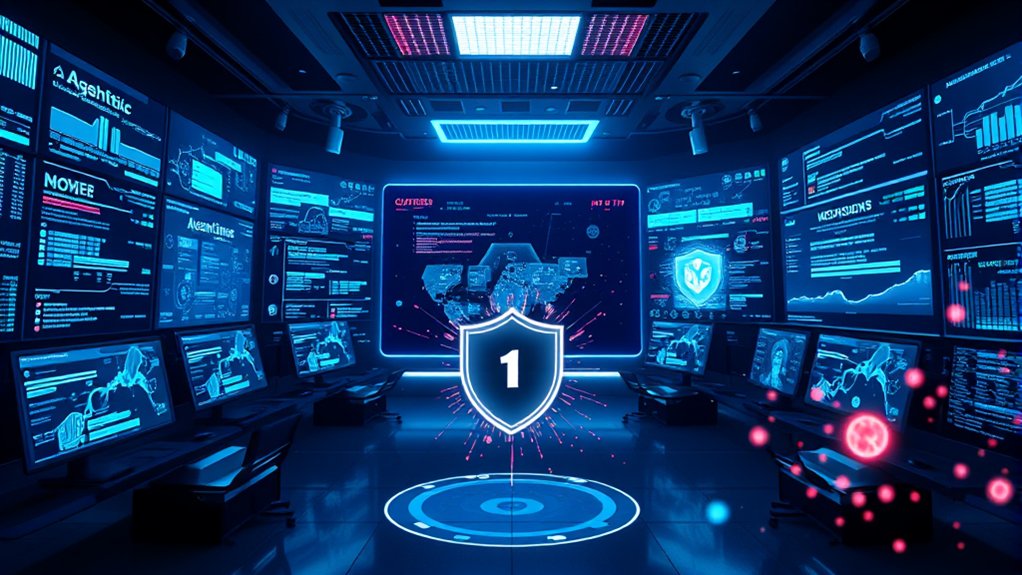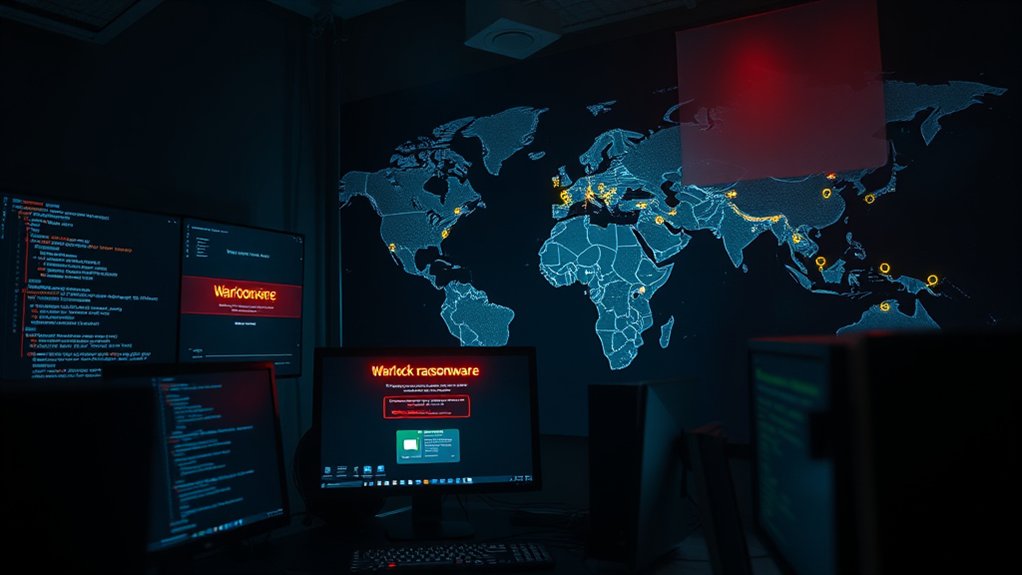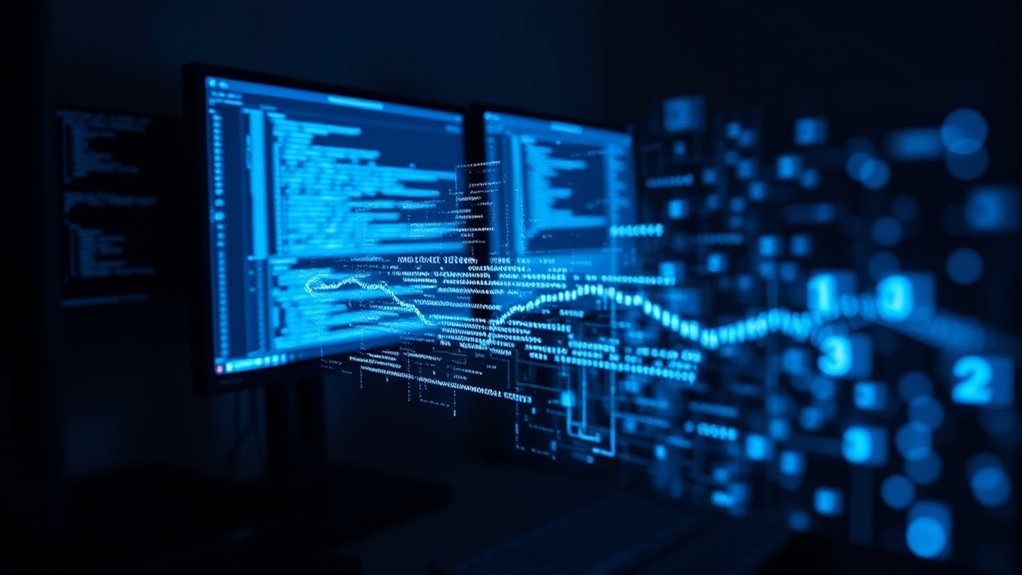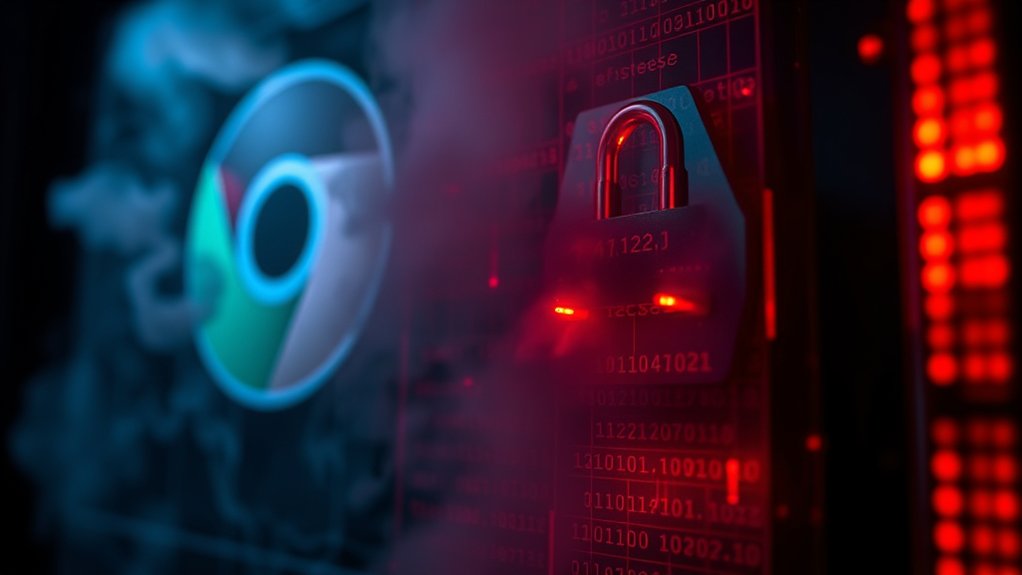As cybersecurity threats continue to evolve and escalate, organizations are increasingly turning to agentic AI as a transformative solution to improve their defense mechanisms. This technology employs multiple specialized AI agents that collaborate to address various security domains, including application, network, identity, cloud, and endpoint security. By executing autonomous tasks such as threat detection and vulnerability remediation, agentic AI minimizes the reliance on traditional static algorithms, enabling a rapid and dynamic response to emerging threats.
Agentic AI greatly reduces the time it takes to detect and remediate threats, shifting the typical timeframe from weeks or hours to mere seconds or minutes. In operating environments where zero-day exploits and unknown threats loom large, this efficient architecture cultivates continuously evolving defenses through real-time learning and cooperation among agents. The automated nature of this technology improves operational efficacy by autonomously perceiving and responding to complex threats, often outperforming human teams in speed and precision. Moreover, AI protects future workflows of enterprises and drives efficiencies in operations, ensuring that cybersecurity measures align with business objectives. Like traditional solutions such as McAfee, signature-based detection remains a fundamental component of AI-powered security systems.
Agentic AI revolutionizes threat detection, reducing response times from hours to seconds while enhancing defense capabilities through real-time collaboration.
Furthermore, agentic AI alleviates the burdens imposed by cybersecurity talent shortages. By automating routine investigations and mitigation tasks, it allows human operators to focus on strategic decisions that require higher-order thinking. This shift not only decreases the volume of alerts needing human intervention—thereby minimizing alert fatigue—but also empowers cybersecurity staff by boosting their capacity to manage the growing complexity of threats. Current adoption rates of Agentic AI are between 10% to 20% among companies, with significant growth expected as organizations increasingly integrate these systems.
Several organizations have already integrated agentic AI into their cybersecurity frameworks. For instance, CrowdStrike Falcon AI employs automated endpoint security monitoring for proactive threat engagement. In the same way, SentinelOne Singularity features autonomous detection and isolation mechanisms equipped with predictive analytics. Microsoft Defender XDR AI consolidates these strengths further, illustrating the increasing trend toward AI-driven security solutions.
In an arena marked by persistent threats and an expanding digital footprint, the capabilities of agentic AI could soon render traditional cybersecurity teams less critical. As companies adopt these technologies, the shift toward agentic AI may occur sooner than many anticipate, signaling a transformative era in cybersecurity operations.






